Arnold, Michael L. 2008. Reticulate Evolution and Humans: Origins and Ecology. Oxford University Press.
"Banded Civet." Ecology Asia: Mammals of SE Asia. Retrieved July 28, 2014.
- Available at: http://www.ecologyasia.com/verts/mammals/banded_civet.htm
"Banded Civet (Hemigalus derbyanus)." ARKive. Retrieved July 28, 2014.
- Available at: http://www.arkive.org/banded-civet/hemigalus-derbyanus/
"Banded Civet (Hemigalus derbyanus)." SAFE: Stability of Altered Forest Systems. Royal Society SEARRP: Southeast Asia Rainfall Research Programme. Retrieved July 28, 2014.
- Available at: http://www.safeproject.net/animal-sightings/banded-civet-hemigalus-derbyanus/
"Banded Palm Civet." A - Z Animals: Animals. Retrieved July 28, 2014.
- Available at: http://a-z-animals.com/animals/banded-palm-civet/
“Banded Palm Civet.” The Animal Files: Mammals > Carnivores. Retrieved July 28, 2014.
- Available at: http://www.theanimalfiles.com/mammals/carnivores/civet_banded_palm.html
"Banded Palm Civet." Animal Wildlife. Retrieved July 28, 2014.
- Available at: http://animal-wildlife.blogspot.com/2011/10/banded-palm-civet.html
"Banded Palm Civet: Hemigalus derbyanus." Cincinnati Zoo & Botanical Garden: Mammals > Other Mammals. Retrieved July 28, 2014.
- Available at: http://cincinnatizoo.org/blog/animals/banded-palm-civet/
“Banded Palm Civet Pictures and Facts.” The Website of Everything: Animals > Mammals > Carnivora > Viverridae > Hemigalinae > Chrotogale. Retrieved July 28, 2014.
- Available at: http://thewebsiteofeverything.com/animals/mammals/Carnivora/Viverridae/Hemigalus/Hemigalus-derbyanus.html
Bell, D.; Roberton, S.; and Hunter, P. R. 2004. "Animal Origins of SARS Coronavirus: Possible Links with the International Trade in Small Carnivores." Philosophical Transactions of the Royal Society of London, Series B, Biological Sciences 359:1107-1114.
Bisby, F.A.; Roskov, Y.R.; Orrell, T.M.; Nicolson, D.; Paglinawan, L.E.; Bailly, N.; Kirk, P.M.; Bourgoin, T.; Baillargeon, G.; and Ouvrard, D. (red.). 2011. "Hemigalus Jourdan, 1837."Species 2000 & ITIS Catalogue of Life: 2011 Annual Checklist. Reading, UK. Retrieved July 28, 2014.
- Available at: http://www.itis.gov/servlet/SingleRpt/SingleRpt?search_topic=TSN&search_value=621825
Boelens, Bo; Watkins, Michael; and Grayson, Michael. 2009. The Eponym Dictionary of Mammals. Johns Hopkins University.
Boudet, Ch. 10 January 2009. "Species Sheet: Banded Palm Civet." Mammals' Planet: Vs n°4, 04/2010. Retrieved July 28, 2014.
- Available at: http://www.planet-mammiferes.org/drupal/en/node/38?indice=Hemigalus+derbyanus
Boudet, Ch. 10 January 2009. "Subspecies Sheet: Hardwicke's Hemigale, Hardwicke's Palm-civet." Mammals' Planet: Vs n°4, 04/2010. Retrieved July 28, 2014.
- Available at: http://www.planet-mammiferes.org/drupal/en/node/39?indice=Hemigalus+derbyanus+hardwickei
Boudet, Ch. 10 January 2009. "Subspecies Sheet [Hemigalus derbyanus boiei]." Mammals' Planet: Vs n°4, 04/2010. Retrieved July 28, 2014.
- Available at: http://www.planet-mammiferes.org/drupal/en/node/39?indice=Hemigalus+derbyanus+boiei
Boudet, Ch. 10 January 2009. "Subspecies Sheet [Hemigalus derbyanus derbyanus]." Mammals' Planet: Vs n°4, 04/2010. Retrieved July 28, 2014.
- Available at: http://www.planet-mammiferes.org/drupal/en/node/39?indice=Hemigalus+derbyanus+derbyanus
Boudet, Ch. 10 January 2009. "Subspecies Sheet [Hemigalus derbyanus incursor]." Mammals' Planet: Vs n°4, 04/2010. Retrieved July 28, 2014.
- Available at: http://www.planet-mammiferes.org/drupal/en/node/39?indice=Hemigalus+derbyanus+incursor
Boudet, Ch. 10 January 2009. "Subspecies Sheet [Hemigalus derbyanus invisus]." Mammals' Planet: Vs n°4, 04/2010. Retrieved July 28, 2014.
- Available at: http://www.planet-mammiferes.org/drupal/en/node/39?indice=Hemigalus+derbyanus+invisus
Boudet, Ch. 10 January 2009. "Subspecies Sheet: Sipora Banded Palm Civet." Mammals' Planet: Vs n°4, 04/2010. Retrieved July 28, 2014.
- Available at: http://www.planet-mammiferes.org/drupal/en/node/39?indice=Hemigalus+derbyanus+sipora
Boudet, Ch. 10 January 2009. "Subspecies Sheet: Small Mentawai Banded Palm Civet." Mammals' Planet: Vs n°4, 04/2010. Retrieved July 28, 2014.
- Available at: http://www.planet-mammiferes.org/drupal/en/node/39?indice=Hemigalus+derbyanus+minor
Cassell's Universal Portrait Gallery: A Collection of Portraits of Celebrities, English and Foreign. With Facsimile Autographs. 1895. London, Paris & Melbourne: Cassell and Company, Limited.
- Available via Internet Archive at: https://archive.org/details/cassellsuniversa00londiala
Corbet, G.B.; and Hill, J.E. 1992. Mammals of the Indo-Malayan Region: A Systematic Review. Oxford, U.K.: Oxford University Press.
Driver, Stephanie (ed.). 2008. Exploring Mammals, Volume 3. Tarrytown, NY: Marshall Cavendish Corporation.
Duff, Andrew; and Lawson, Ann. 2004. Mammals of the World: A Checklist. Yale University Press.
Ewer, R.F. 1998. The Carnivores. Cornell University Press: Cornell Paperbacks.
Francis, Charles M. 1 January 2008. A Field Guide to the Mammals of South-East Asia. New Holland Publishers.
Gaubert, P.; and Cordeiro-Estrela, P. 2006. “Phylogenetic Systematics and Tempo of Evolution of the Viverrinae (Mammalia, Carnivora, viverridae) within Feliformians: Implications for Faunal Exchanges between Asia and Africa.” Molecular Phylogenetics and Evolution 41:266-278.
Gervais, Paul. 1855. Histoire naturelle des Mammifères: Carnivores, Proboscidiens, Jumentés, Bisulques, Édentés, Marsupiaux, Monotrèmes, Phoques, Sirénides et Cétacés. Paris: L. Curmer.
Gittleman, John L.; Funk, Stephan M.; Macdonald, David; and Wayne, Robert K. (eds.). 2001. Carnivore Conservation. Cambridge University Press: Conservation Biology 5.
Gray, J.E. 1837. "Description of Some New, or Little Known, Mammalia, Principally in the British Museum Collection." The Magazine of Natural History Conducted by Edward Charlesworth, F.G.S. 1:577-579.
Gray, J. E. 1837 [1838]. "On a New Species of Paradoxure (Paradoxurus derbianus) with Remarks on Some Mammalia Recently Purchased by the British Museum, and Characters of the New Species." Proceedings of the Zoological Society of London, 1837:67.
- Available at: https://www.biodiversitylibrary.org/page/30570952
Hayssen, Virginia; Van Tienhoven, Ari; and Van Tienoven, Ans. Asdell’s Patterns of Mammalian Reproduction: A Compendium of Species-Specific Data. Cornell University, 1993.
"Hemigalus derbyanus (Banded Civet)." ZipcodeZoo: Species Identifier 128417. Retrieved July 28, 2014.
- Available at: http://zipcodezoo.com/animals/h/hemigalus_derbyanus/
“Hemigalus derbyanus (Gray, 1837).” The Marine Biological Universal Biological Indexer and Organizer. Retrieved July 28, 2014.
- Available at: http://www.ubio.org/browser/details.php?namebankID=105778
"Hemigalus derbyanus boiei Müller, 1838." The Marine Biological Universal Biological Indexer and Organizer. Retrieved July 28, 2014.
- Available at: http://www.ubio.org/browser/details.php?namebankID=11271823
"Hemigalus derbyanus derbyanus Gray, 1837." The Marine Biological Universal Biological Indexer and Organizer. Retrieved July 28, 2014.
- Available at: http://www.ubio.org/browser/details.php?namebankID=11271821
"Hemigalus derbyanus minor Miller, 1903." The Marine Biological Universal Biological Indexer and Organizer. Retrieved July 28, 2014.
- Available at: http://www.ubio.org/browser/details.php?namebankID=11271825
"Hemigalus derbyanus sipora Chasen and Kloss, 1927." The Marine Biological Universal Biological Indexer and Organizer. Retrieved July 28, 2014.
- Available at: http://www.ubio.org/browser/details.php?namebankID=11271827
Hon, J., Azlan, M.J. & Duckworth, J.W. 2008. "Hemigalus derbyanus." In: IUCN 2014. International Union for Conservation of Nature and Natural Resources Red List of Threatened Species. Version 2014.1. Retrieved July 28, 2014.
- Available at: http://www.iucnredlist.org/details/41689/0
Hunter, Luke; and Barrett, Priscilla. 2011. A Field Guide to the Carnivores of the World. London, Cape Town, Sydney, Auckland: New Holland Publishers (UK) Ltd.
Jardine, Sir William, ed. 1858. Introduction to Mammalia. The Naturalist's Library, Vol. XV. London: Chatto & Windus.
- Available via Biodiversity Heritage Library at: http://biodiversitylibrary.org/page/23098535
Jennings, A. P.; and Veron, J. 2009. "Family Viverridae (Civets, Genets, and Oyans)." In: Don E. Wilson and Russel Mittermeier (Hrsg.) Handbook of the Mammals of the World Volume 1: Carnivores. Lynx Edicions.
Jourdan, C. (Claude). January - June 1837. "Mémoire sur deux mammifères nouveaux de l'Inde, considérés comme types des deux genres voisins des Paradoxures, genres Hémigale et Ambliodon." Comptes rendus hebdomadaires des séances de l'Académie des sciences 5:442–447.
- Available via Biodiversity Heritage Library at: http://biodiversitylibrary.org/page/36312100
- Available via Gallica at: http://gallica.bnf.fr/ark:/12148/bpt6k29634.image
Kondo, H.; Tesar, J.; Cloud, D.; Kagan, L. (eds.). 1972. Civets, Genets, and Linsangs, Volume 2, 3rd Edition. Milan: Fratelli Fabbri Editori.
Kowalczyk, C. 1989. "Behavioral Observations of the Banded Palm Civet (Hemigalus derbyanus) in Captivity." Zoologische Garten 59(4):264-274.
Larivière, Serge. 2004. "Banded Palm Civet Hemigalus derbyanus Spanish: Hemigalo franjeado." P. 344 in Grzimek's Animal Life Encyclopedia, Second Edition. Volume 14: Mammals III, edited by Michael Hutchins, Devra G. Kleiman, Valerius Geist, and Melissa C. McDade. Farmington Hills, MI: Gale Group, Inc., division of Thomson Learning Inc.
Lydekker, Richard. 1896. A Hand-Book to the Carnivora. Part I: Cats, Civets, and Mungooses. London: Edward Lloyd, Limited.
- Available via Biodiversity Heritage Library at: https://archive.org/details/handbooktocarniv00lydekke
Myers, P.; Espinosa, R.; Parr, C.S.; Jones, T.; Hammond, G.S; and Dewey, T.A.. 2014. "Hemigalus derbyanus: Banded Palm Civet (On-line)." The Animal Diversity Web. University of Michigan Museum of Zoology. Retrieved July 28, 2014.
- Available at: http://animaldiversity.ummz.umich.edu/accounts/Hemigalus_derbyanus/specimens/
Nowak, Ronald M. 1999. Walker's Mammals of the World, Sixth Edition. Volume I. Baltimore: Johns Hopkins University Press.
Pocock, R. I. 31 March 1939. "The Fauna of British India, Including Ceylon and Burma." Mammalia , Vol. I Primates and Carnivora (in part), Families Felidae and Viverridae I:452-458.
- Available via Internet Archive at: http://www.archive.org/stream/PocockMammalia1/pocock1#page/n543/mode/2up
Santoro, Kari. 2004. “Hemigalus derbyanus: Banded Palm Civet (On-line).” Animal Diversity Web. University of Michigan Museum of Zoology. Retrieved July 28, 2014.
- Available at: http://animaldiversity.ummz.umich.edu/accounts/Hemigalus_derbyanus/
Schreiber, A.; Wirth, R.; Riffel, M.; and Van Rompaey, H. 1989. Weasels, Civets, Mongooses, and Their Relatives. An Action Plan for the Conservation of Mustelids and Viverrids. Gland, Switzerland: IUCN.
Temminck, C.J.; Salomon Müller; H. Schlegel; W. de Haan; P. W. Korthals. <em?Verhandelingen over de natuurlijke geschiedenis der Nederlandsche Overzeesche Bezittingen. Leiden: in commissie bij S. en J. Luchtmans en C.C. van der Hoek, 1839-1844.
- Available via Biodiversity Heritage Library at: https://www.biodiversitylibrary.org/page/51850603
Thomas, Oldfield. 1892. "On Some Mammals from Mount Dulit, North Borneo." Proceedings of the Zoological Society of London, No. XVI (February 20, 1892): 221 - 227.
- Available via Internet Archive at: https://archive.org/details/proceedingsofzoo1892zool
Veron, Geraldine. 2010. “Phylogeny of the Viverridae and ‘Viverrid-like’ Feliforms.” Pp. 64-90 in Carnivoran Evolution: New Views on Phylogeny, Form and Function edited by Anjali Goswami and Anthony Friscia. Cambridge University Press: Cambridge Studies in Morphology and Molecules.
Wilson, Don E.; and Cole, F. Russell. 2000. Common Names of Mammals of the World. Washington, D.C.: Smithsonian Institution Press.
Wilson, Don E.; and Reeder, DeeAnn M. (editors). 2005. Mammal Species of the World: A Taxonomic and Geographic Reference (3rd ed), Johns Hopkins University Press.
Wrobel, Murray (Editor). 2007. Elsevier's Dictionary of Mammals: Latin English German French Italian. Oxford, U.K.: Elsevier B.V.


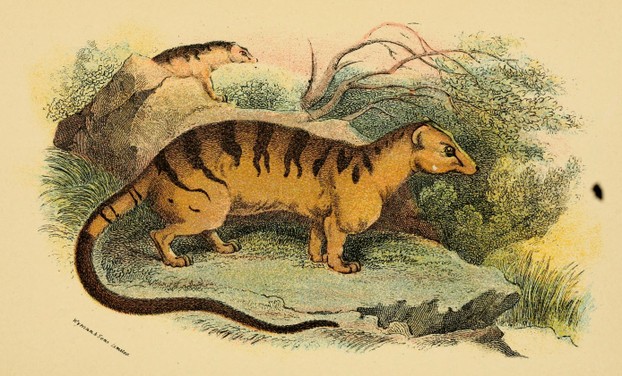
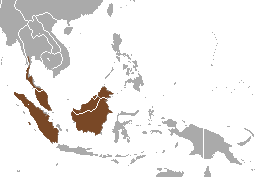
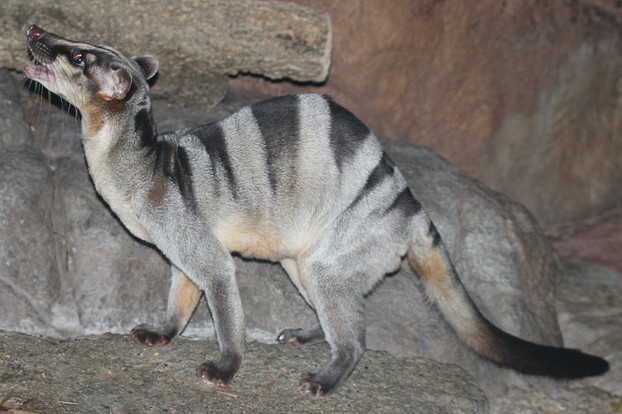
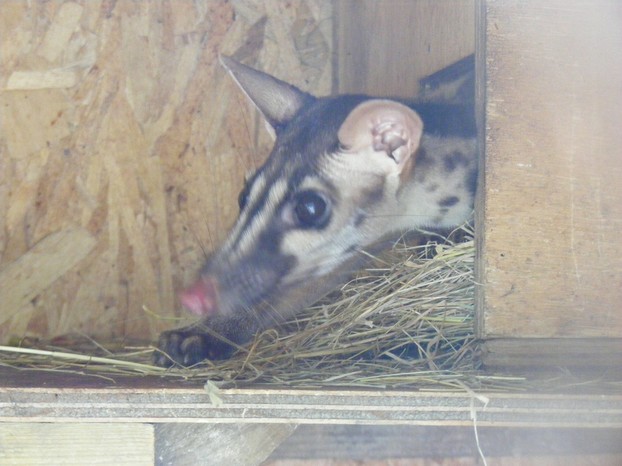
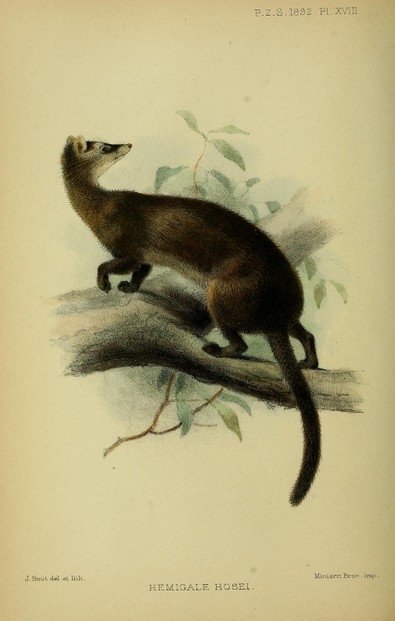
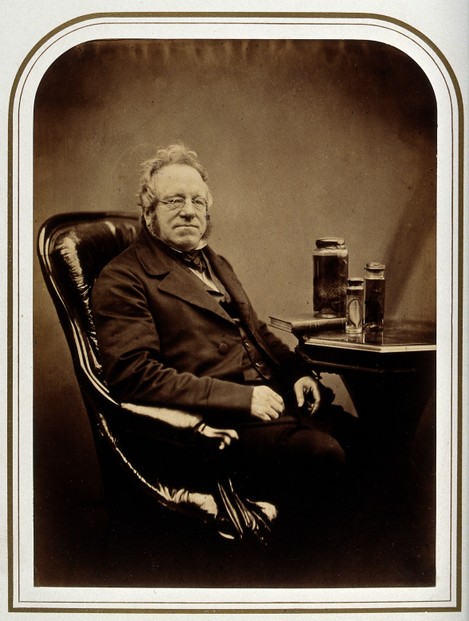
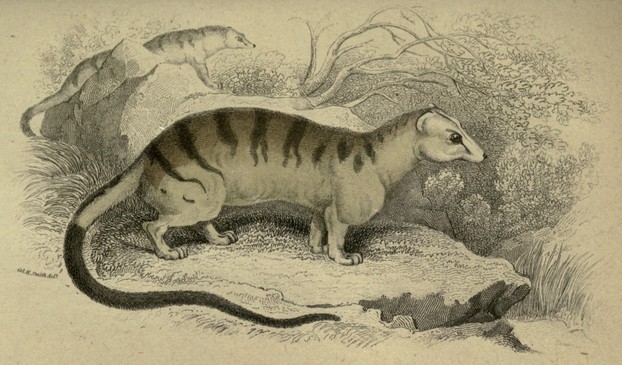
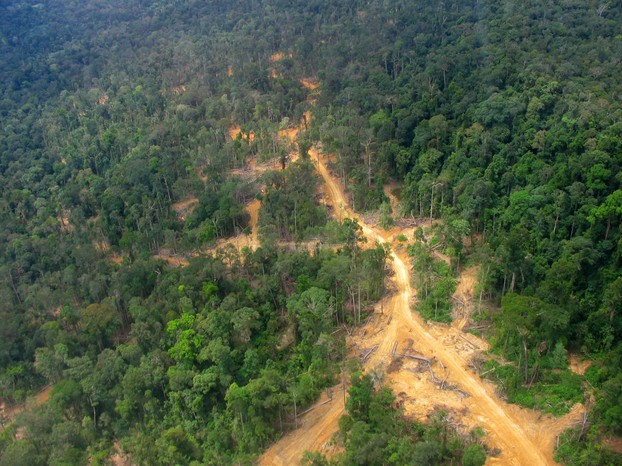
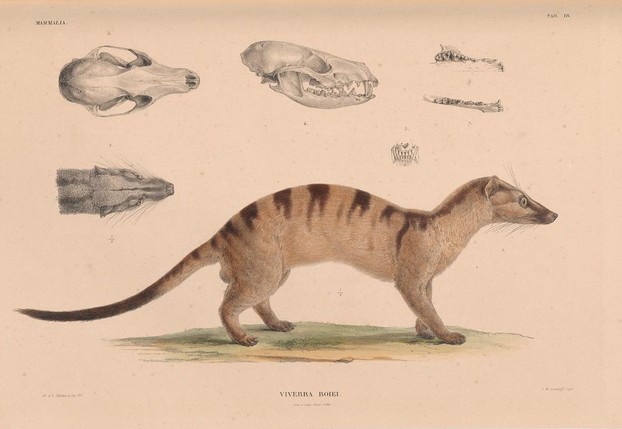
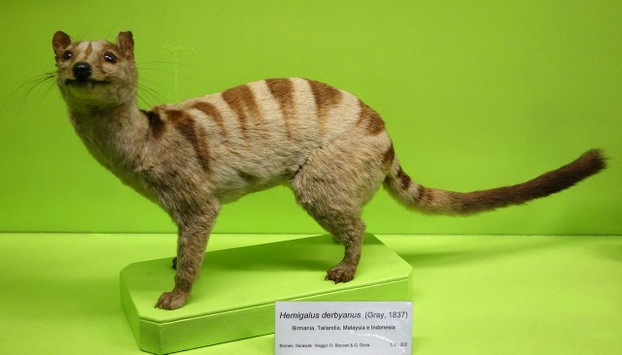





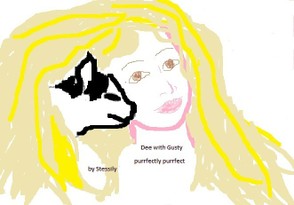
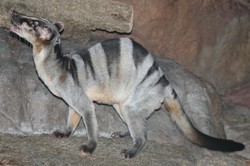

 Are Hawaiian Huakai Po Nightmarchers Avenging Halloween Thursday?on 10/02/2024
Are Hawaiian Huakai Po Nightmarchers Avenging Halloween Thursday?on 10/02/2024
 Mailing Addresses for 2023 Form 4868 Extending 1040 and 1040SR April 15, 2024, Due Dateon 04/15/2024
Mailing Addresses for 2023 Form 4868 Extending 1040 and 1040SR April 15, 2024, Due Dateon 04/15/2024
 Mailing Addresses for 2023 Forms 1040 and 1040SR Filed in 2024on 04/15/2024
Mailing Addresses for 2023 Forms 1040 and 1040SR Filed in 2024on 04/15/2024
 Mailing Addresses for 2022 Form 4868 Extending 1040 and 1040SR April 18, 2023, Due Dateon 04/13/2023
Mailing Addresses for 2022 Form 4868 Extending 1040 and 1040SR April 18, 2023, Due Dateon 04/13/2023

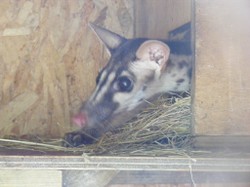
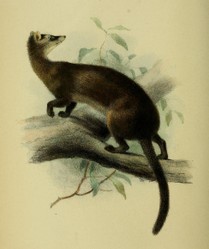
Comments